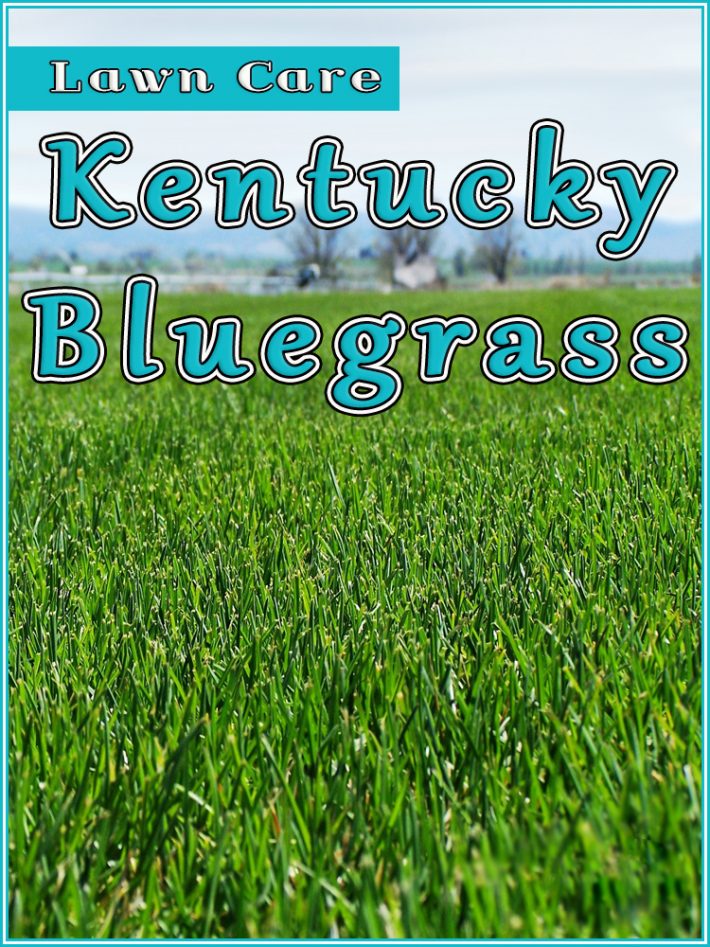
Kentucky Bluegrass Lawn Care
Although Kentucky bluegrass (Poa pratensis L.) is associated with the state of Kentucky, it’s not native to the state famous for horseracing and rolling, blue tinged pastureland. The origin of Kentucky bluegrass is disputed, with one camp claiming that it’s native to some areas of the United States, like Utah, while others insist that the colonists first brought it to North America to serve as feed for livestock. Wherever it originally came from, this cool season grass is a favorite with lawn enthusiasts.
One of the first grasses to be used in lawns in the United States, Kentucky bluegrass is a fine bladed grass with vivid greenish-blue coloration. It creates a dense turf that’s naturally cold resistant. Newer cultivars have expanded the range and applications for this grass by making it less susceptible to disease and more tolerant of extended dry spells. You can also find cultivars that will tolerate moderate shade. Rough bluegrass (Poa trivialis), a close relation to Kentucky bluegrass, has some of the vivid coloration of its better known relative, but fares better in wetter locations or where conditions are predominantly shady.
Kentucky bluegrass is the most common cool season grass and probably the best known. Kentucky bluegrass creates a high quality lawn. It has been around for many years and is now available in many different blend formulations. Kentucky bluegrass has a moderate growth pattern and does spread and will fill in bare spots. The grass will go dormant in hot, dry weather as well as during the cold winter months common in North America. It does poorly in extremely shady areas. Not recommended for extremely hot climates and will require supplemental irrigation during hot, dry periods.
Bluegrass seed-blends that include perennial ryegrass, produce a tougher wearing lawn. With the addition of creeping red fescue, the lawn will be more tolerate shadier areas. But what actually happens is that for those situations, the Kentucky bluegrass just doesn’t fill in as it would normally in a full sun location and the supplemental blends actually fills in.
Kentucky bluegrass develops a shallow root system that is not drought tolerant and will go dormant during extreme conditions. If given intermittent watering during prolonged drought conditions, it will come back.
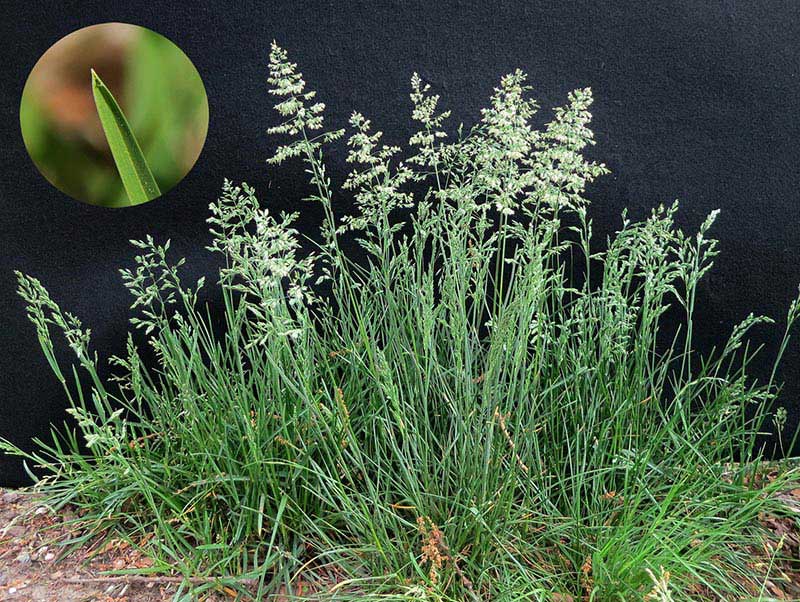
Shade tolerance: poor
Planting: seed or sod
Mowing height: 1 1/2″ – 2 1/2″
Water: needs regular watering, will survive droughts by going into a dormant state.
Fertilization: needs regular fertilization
Maintenance: low
Kentucky bluegrass grows 18″ – 24″ tall if left uncut and is readily identified by its boat-shaped leaf tip. It spreads by rhizomes and tillers and forms a dense sod. New shoots (rhizomes and tillers) are produced primarily in the spring and late summer. Most shoots produced in the spring remain vegetative. Shoots produced in late summer often terminate in an infloresence the following spring.
The lifetime of a Kentucky bluegrass shoot that terminates in an infloresence ends soon after the seeds mature. During late spring and summer, the shoots of Kentucky bluegrass grow in an erect, or upright, position; whereas, in early spring and fall they become more decumbent. This pattern of growth is a response to day length rather than temperature. During long days shoots grow upright; during short days they become decumbent. Day length also influences the number of shoots that develop. Significantly more shoots are produced during the short days of early spring than during long summer days.
The length of time between the appearance of new leaves on Kentucky bluegrass ranges from about 10 days in the spring to 22 days in the summer and fall. During winter months few new leaves are produced on Kentucky bluegrass in northern climates. In the transition zone, new leaves and shoots are produced year round.
Leaf blades of Kentucky bluegrass remain green for 10 – 12 days during the growing season and the typical shoot has 3 – 4 green leaves at any one time. In comparison, bermudagrass typically has 5 – 7 green leaves per shoot and new leaves appear at 7 – 10 day intervals during the growing season.
In the southern United States, Kentucky bluegrass is limited to the transition zone from North Carolina, through much of Tennessee, northern Arkansas to the panhandle of Texas and Oklahoma. In the western states, Kentucky bluegrass is grown only with extensive irrigation.

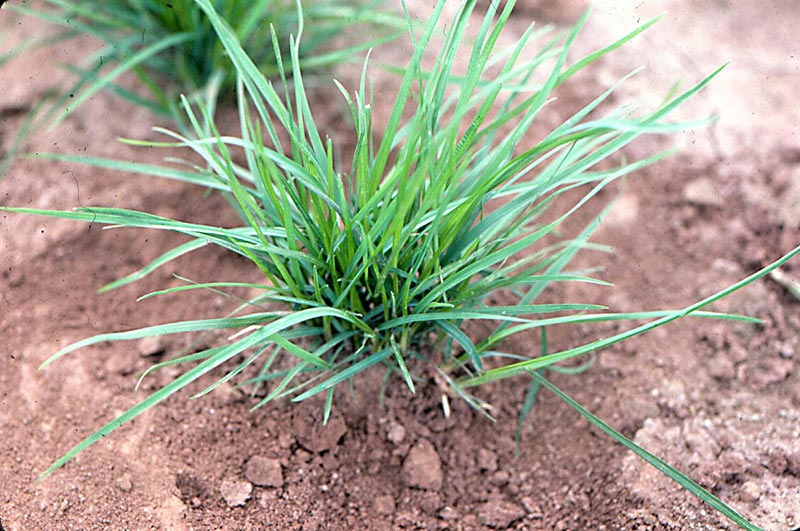
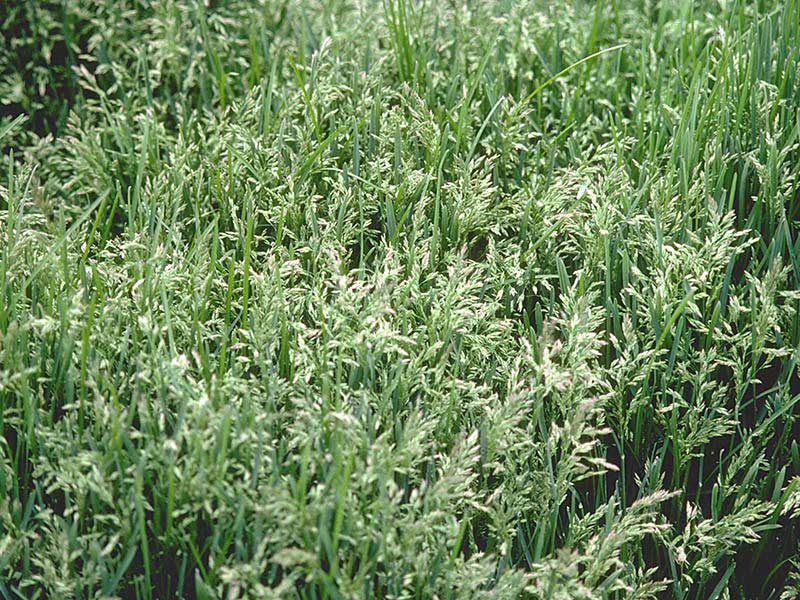
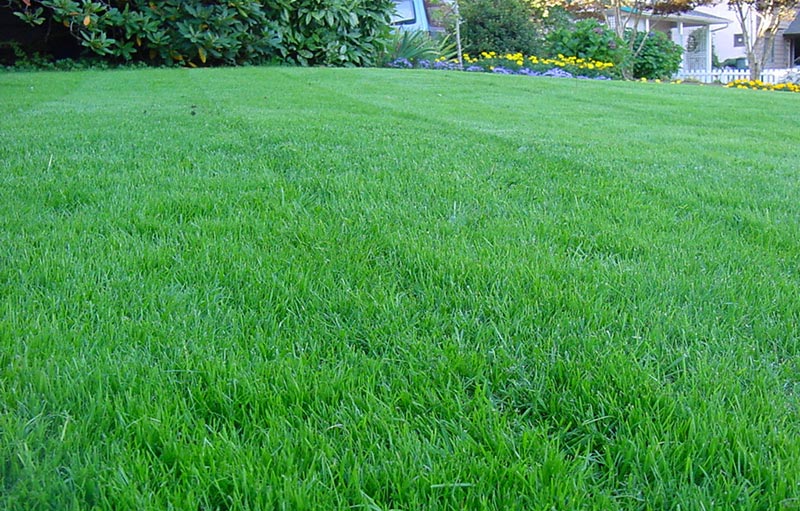


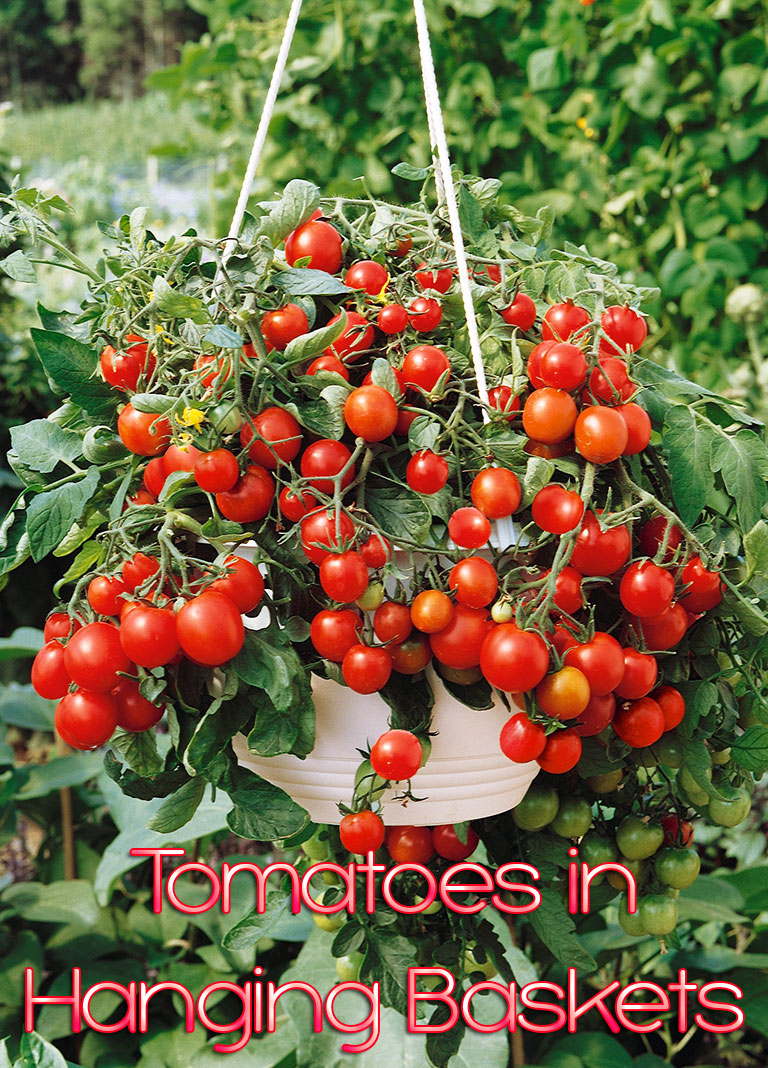
Leave a Reply